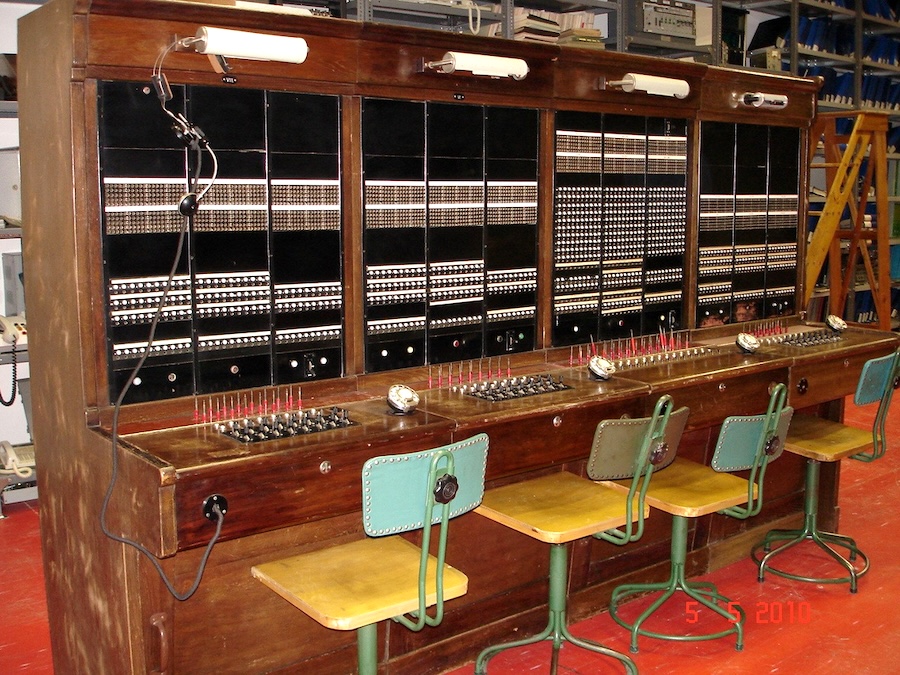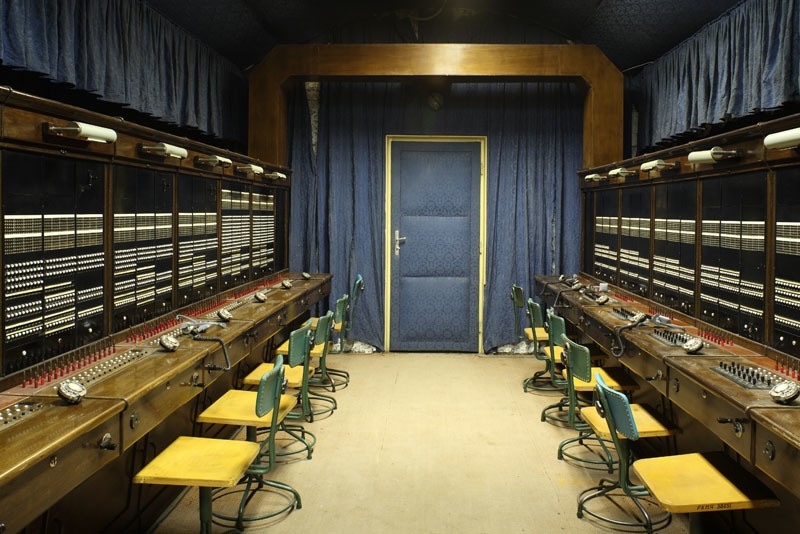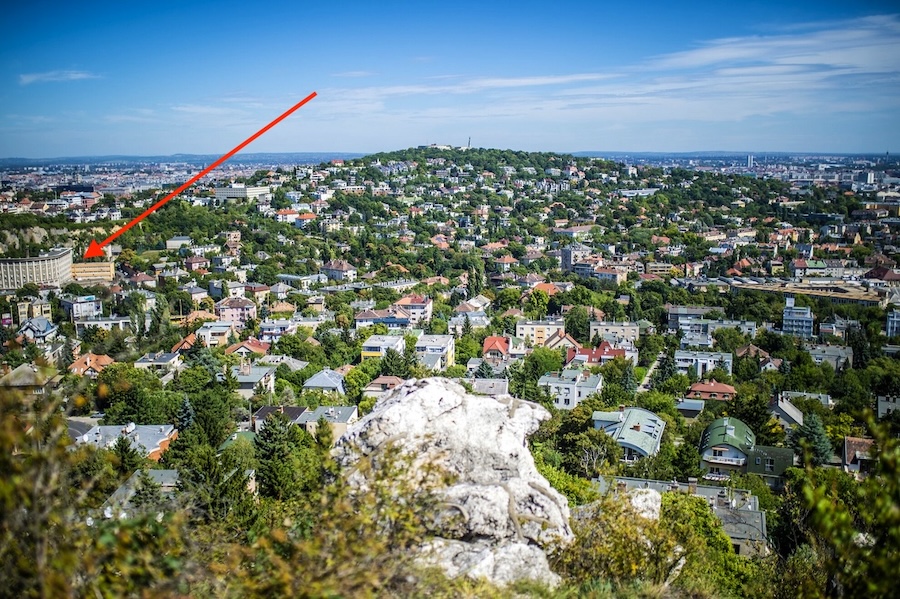Hey, travelers! If you’ve ever gazed up at Budapest’s Gellért Hill—crowned by the iconic Citadella and offering those jaw-dropping views of the Danube—you might think you’ve got it all figured out. But hold on because beneath the surface, this hill hides a secret that’ll blow your mind. Deep inside its rocky core lies the Sziklaközpont (Rock Center), a mysterious military complex from World War II that’s still under lock and key today. It’s a tale of wartime intrigue, engineering marvels, and whispers of secret tunnels that’ll make your Budapest adventure feel like a spy movie. Let’s dive into this hidden gem and why it’s a must-know for anyone visiting the city in 2025!
A Fortress Carved into the Rock
Tucked near the BAH junction in Budapest’s 11th district, the area around Gellért Hill feels like a peaceful escape from the city’s hustle. Picture quaint family homes, tree-lined streets, and the cheerful chirping of birds—it’s the kind of neighborhood where you’d expect picnics, not top-secret military bases. But then you spot it: a stern, multi-story building that looks out of place among the cozy vibes. Uniformed guards politely (but firmly) wave you off if you linger too long with your camera. This is the Sziklaközpont, a relic of Budapest’s wartime past that’s as fascinating as it is elusive.
Built-in 1938, this complex was carved 14 meters (46 feet) deep into Gellért Hill’s limestone belly, using an old quarry as its foundation. The extracted stone? It helped build the embankments for the Southern Railway—talk about resources! With 1-meter-wide tunnels snaking through the rock, separated by 5-meter-thick layers and reinforced with 60 cm (2 feet) of concrete arches, this wasn’t just a bunker—it was a fortress. Designed to withstand attacks, it served as a critical air defense hub during World War II codenamed “Fellegvár” (Citadel). Yet, even today, its full layout remains a mystery, guarded so tightly that locals living nearby might not even realize what’s beneath their feet.
A Wartime Nerve Center
So, why build something this intense here? Location, location, location! Back in the pre-war years, this spot was practically the edge of Budapest—quiet and remote, yet close enough to key military sites like the secret bunkers beneath Buda Castle, where earlier air command operations were based. Construction kicked off in ’38, but it was a massive undertaking—financially and logistically. By 1941, only parts were operational, including a radio and communications hub. The rest? Left unfinished as the war raged on.

During its peak, Sziklaközpont was the beating heart of Budapest’s air defense. Reports from district observation posts poured in, coded, and plotted on a unique map system that tracked enemy planes in real time. From here, orders like “Air Raid Warning!” or “Air Danger!” could be issued to protect the city. Fun fact: this place employed more women than most wartime centers—hired as stenographers, radio operators, and switchboard staff. By 1942, recruiters specifically sought women, noting their knack for handling repetitive tasks and their clear voices over crackly phone lines. Who knew Budapest’s defense owed so much to its unsung heroines?

Drama, Intrigue, and a Near Miss
The center hummed along until September 1944, when the fascist Arrow Cross takeover shifted control to the Germans. Parts of the complex morphed into a hospital and munitions depot, and it even played host to a dramatic moment: Soviet Captain Ilja Ostapenko was blindfolded and brought here with an ultimatum for the Axis forces. After delivering it, he left—straight into a fatal journey back across enemy lines. The Sziklaközpont’s walls have seen some wild history!
By early 1945, the tides turned. The Americans, aware of the complex, tried bombing it in January but missed, devastating the nearby Tabán district instead. As the Soviets closed in, the Germans planned to blow it up rather than let it fall into enemy hands—only for Hungarian Lieutenant Antal Noszlopy to step in and stop the destruction. Thanks to him, this underground marvel survived the war’s final chaos.
From Cold War to Modern Day
Post-war, Sziklaközpont didn’t fade into obscurity—it evolved. In 1949, it got a tech upgrade, and during the Cold War’s paranoia, it was modernized again. By 1965, it took on a dual role: the Hungarian airline Malév used it for long-range air traffic control alongside military operations. This odd marriage wasn’t exactly a win for Malév—they had to rely on outdated military gear—but it let the army keep tabs on civilian flights. The setup lasted decades until 2000 when the military reclaimed full control. Today, it’s still an active base, shrouded in secrecy and off-limits to curious travelers like us.
Why It’s a Tourist Tease
Okay, so you can’t waltz inside—but that’s part of the allure! The Sziklaközpont’s mystique makes it a tantalizing piece of Budapest’s story. Located on Schweidel József Street, it’s just a short trek from the Gellért Baths or the Citadella—perfect for a detour exploring the hill. Stand outside, snap a discreet pic (if the guards aren’t looking!), and imagine the echoes of wartime bustle beneath your feet. Urban legends even whisper about secret tunnels linking it to the Citadella, Déli Railway Station, or a hidden base in Sas Hill—none proven, but oh-so-fun to ponder.
For history buffs, this spot’s a goldmine. It ties into Budapest’s layered past—Roman ruins, Habsburg forts, and now a WWII relic all rolled into one hill. Pair it with a visit to the Castle District’s labyrinth or the Hospital in the Rock museum for a full-on underground adventure. And if you’re here in 2025, keep an ear out—locals say the military presence is as strong as ever, with rumors of modern upgrades keeping it relevant.
How to Experience It
Getting here is easy—take the M4 metro to Kelenföld or hop on bus 8E to the BAH-csomópont stop. From there, it’s a 10-minute walk to Schweidel József Street. Don’t expect a guided tour (sorry, folks!), but the area’s worth a stroll. Afterward, unwind at the Gellért Thermal Bath—those mineral-rich pools are just a stone’s throw away—or hike up to the Citadella for panoramic views. Hungry? Grab a bite at nearby Pest-Buda Bistro for some upscale Hungarian eats.
Pro tip: if you’re into military history, dig into articles like the one from Rubicon magazine—it’s the deepest dive you’ll find on Sziklaközpont’s past. And while you’re at it, chat up a local—Budapestians love sharing tales (and theories!) about their city’s hidden corners.
Why It Matters in 2025
Sziklaközpont isn’t just a footnote—it’s a living piece of Budapest’s resilience. From dodging bombs to adapting through the Cold War, it’s a survivor. For travelers, it’s a reminder that this city’s beauty goes beyond the surface—literally. Whether you’re a WWII geek, an architecture nerd, or someone who loves a good story, this hidden fortress adds a thrilling layer to your Budapest bucket list. So next time you’re soaking in the views from Gellért Hill, give a nod to the secrets below—you’re standing on history!

Map
Maps Generator